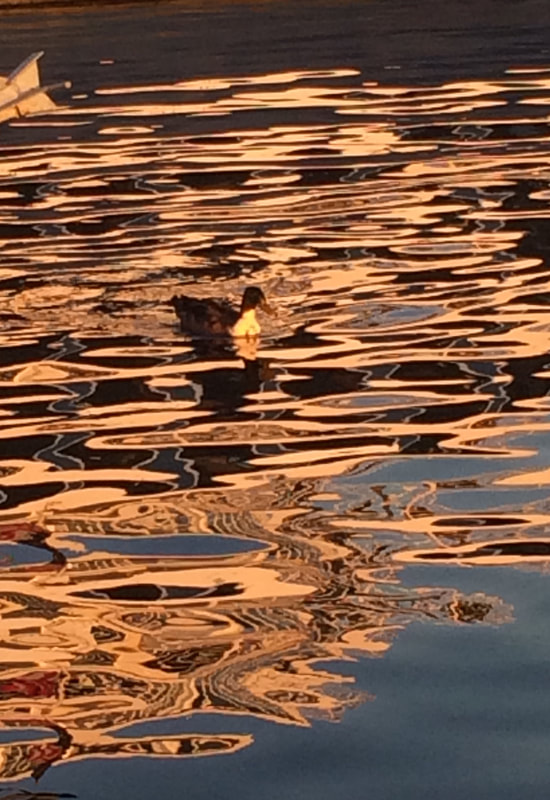|
Photo and article by Donna Iverson Winter solstice is near, December 21 at 10:58 am to be exact. It is the shortest day of the year marking the astronomical beginning of winter. It also marks the change to longer daylight hours. If you are sensitive to sunlight, you may have already noticed the daytime sun is lower in the sky. The sun is already setting later by a few minutes every day. A lot of people notice this seasonal change even if they aren’t consciously aware of it. Ancient peoples were keenly aware of the seasonal change and they celebrated the solstice with bonfires, presents, and ritual gatherings. In England, they built Stonehenge to mark the passage of the sun, and in Peru, they constructed Machu Picchu. In medieval times, Northern Europeans and especially Scandinavians celebrated Yuletide at the solstice. Early on, they would burn a whole tree, sticking the trunk in the fireplace. (Don’t try this at home ) In England, they burned oak or ash; in Scotland, birch; in France, cherry. And the French being the French, they poured wine on it first. The ashes of the Yule log were good for plants, a kinda instant compost. The mixture is known as potash. Today, our Yule log is more likely to be a rolled chocolate sponge cake, filled with buttercream. Celebrating the solstice continues in modern times. It is a way to honor our connection to the natural world. So come Tuesday morning, December 21, consider getting up at dawn to watch the sun rise. Light a candle to celebrate the sun and the lengthening of the day. And if there is a clear night sky, look for Jupiter and Saturn, which will cross paths in a sun “kiss,” the first in 800 years, forming a Christmas star.
0 Comments
Your comment will be posted after it is approved.
Leave a Reply. |
Letter to the Editor PolicyNear North Now welcomes original letters from readers on current topics of general interest. Simply fill out the form below. Letters submissions are limited to 300 words. Archives
July 2024
Categories |

 RSS Feed
RSS Feed